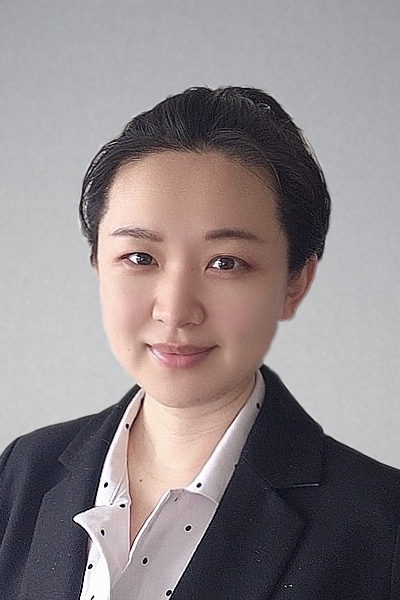Cancer Technologies
Cancer Technologies - Poster Session A & B
P6 - Leveraging the Foreign Body Response for Immunostimulatory Drug Discovery
Thursday, October 9, 2025
10:00 AM - 11:00 AM PDT
Location: Exhibit Hall F, G & H
.jpg)
Yuwei Zhang, Yuwei Zhang, PhD student
Graduate Assistant
Iowa State University, United States
Jing Wang
Iowa State University
Ames, Iowa, United States
Jing Wang
Iowa State University
Ames, Iowa, United States
Presenting Author(s)
Co-Author(s)
Primary Investigator(s)
Introduction: : Systematic immune suppression occurs in multiple diseases. Infiltration of disease-induced suppressive immune cells disrupts normal organ functions. Developing therapeutics to counteract this suppression remains challenging due to the complexity of immune responses. Moreover, each disease creates a unique immune-suppressive microenvironment, complicating the design of broadly effective interventions. We recently made a novel finding that the foreign body reaction (FBR) developed in biomaterial implants can maintain a locally balanced immune environment under systemic immune suppression. In hosts with immunosuppression induced by sepsis or cancer, FBR actively overproduces immune-active molecules to counteract the influences resulting from infiltration of disease-induced suppressive immune cells to the biomaterial scaffolds. We aim to identify these molecules that assist FBR in restoring local immune balance and develop them into therapeutics for treating immune suppression in major organs.
Materials and
Methods: : We fabricated a porous polymer-based scaffold using polycaprolactone (PCL), with a diameter of 8 mm and a pore size ranging from 200 to 425 µm, and implanted it into the dorsal region of female mice. After implantation, we established sepsis model by long term low dose Lipopolysaccharide (LPS) injection on mice. We also develop cancer-induced immunosuppression models by subcutaneously injecting aggressive tumor cells on mice and allowing tumors reach >1000 mm3. Organs and scaffolds were then harvested for measuring immune cell phenotype and frequency by flow cytometry, measuring pro- and anti-inflammatory cytokine production by CytokineArray and ELISA, and measuring immune related gene expression by qRT-PCR. Diseased tissues were compared with healthy counterparts for deciphering the dynamic immune changes after disease induction. (Figure a).
Results, Conclusions, and Discussions:: We found that in both LPS tolerance sepsis model and late-stage cancer models, suppressive immune cells, such as myeloid-derived suppressor cells (MDSCs) and regulatory T cells (Tregs), were overproduced and infiltrated major organs and scaffold implants. In contrast to a significantly suppressive environment in major organs, scaffold implants create an immune active environments. Notably, scaffolds from different disease models all overproduced CXCL1 chemokines compared to diseased organs, which lead to the recruitment of pro-inflammatory immune cells such as N1 neutrophils and M1 macrophages. Gene expression screening revealed that decorin, an extracellular matrix protein that was involved in FBR development, was significantly upregulated in scaffolds after disease induction. Further functional studies suggest that recombinant decorin proteins can efficiently stimulate MDSCs to overproduce CXCL1, shifting their phenotype towards immune active. This finding highlights the great potential of decorin as an immunotherapeutic in addressing immune suppression in major organs.
In conclusion, we found that in scaffold implants, FBR employs decorin, among other molecules, to upregulate CXCL1 production in hosts with systematic immune suppression. CXCL1 actively recruit various pro-inflammatory immune cells, counteracting suppressive immune cells infiltrating scaffolds and restoring local immune balances.
Decorin has been identified as a TLR2/4 agonist and gets involved in multiple inflammation disease. Its potential as an immunotherapeutic to address systematic immunosuppression caused by sepsis or cancer has been underexplored. In the future, we will produce recombinant decorin proteins and test their therapeutic efficacy in sepsis and cancer immunosuppression models. Additionally, we will explore the immune change of FBR in hosts with autoimmune diseases to seek novel immunosuppressant drugs that can address immune hyperactivation in major organs. Overall, we introduced a smart strategy by using the localized natural response of FBR to disease-induced dysfunctional immune cells for discovering novel immunotherapeutic drugs.
Acknowledgements and/or References (Optional)::
